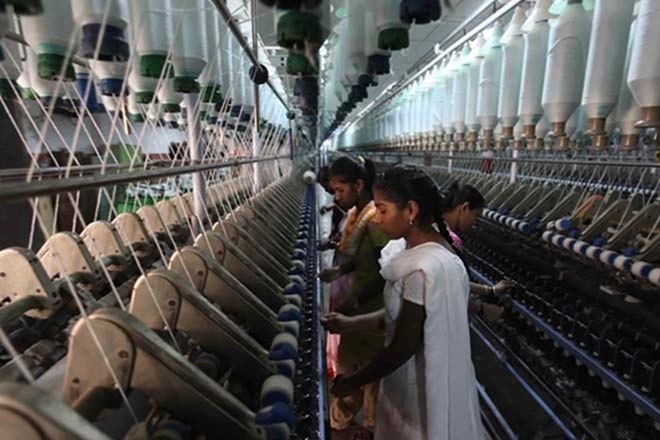Budget 2019 India: In the Interim Budget, finance minister Piyush Goyal increased the tax rebate under Section 87A of the Income Tax Act from `3.5 lakh to `5 lakh. While there was no change in the tax slabs, an individual earning up to `5 lakh annually will not have to pay any taxes. He raised the standard deduction from `40,000 to `50,000 and raised the TDS threshold on interest earned on bank/post office deposits to `40,000 from `10,000, saving small investors and pensioners from the hassles of filing returns to get refunds if their total income is less than the exemption limit.
As finance minister Nirmala Sitharaman presents the first Union Budget of the Modi government’s second term against the backdrop of a sharp economic slowdown, will she have any headroom to reduce tax rates for individuals or increase the exemption limit under Section 80C?
Reducing tax burden
In the last five years, the government raised basic exemption limit to `2.5 lakh from `2 lakh, cut tax rate from 10% to 5% for the `2.5lakh-5 lakh income slab and roduced standard deduction of `40,000 for the salaried in lieu of medical and transport allowances. While the tax rate for lower income bracket has been reduced, the top tax rate of 30% kicks in too early. It has not changed since 2012-13 and is levied on income above `10 lakh. Similarly, the 20% tax rate is levied on income above `5 lakh up to `10 lakh and that, too, has not changed since 2012-13.
Given that overall tax collections grew just 8.4% year-on-year in FY19 as compared to 18.4% budgeted, later revised to 17.2%, the government may have to tone down the tax revenue target for this financial year. A sputtering economy—GDP growth has slipped to a 20-quarter low of 5.8% in January-March 2019—cannot generate 23% growth in gross tax revenue as targeted in the interim budget, or a 34% growth in personal income tax. Most of the shortfall in tax collections was from GST and personal income taxes.
Low household financial savings
The Economic Survey 2018-19, tabled in Lok Sabha on Thursday, notes that savings is driven primarily by demographics and income growth. “Keeping domestic interest rates high may not encourage savings behaviour; a mildly positive real rate is good enough,” the survey says.
Domestic savings as a proportion of GDP at current prices declined to 30.5% in FY18 from 34.6% in FY12 stymieing investment significantly. Net financial savings of households is down to 6.6% in FY18 from 7.4% of GDP in FY12 because of a rise in households’ financial liabilities. Gross financial savings, which touched an all-time high of 12.2% of GDP in FY10, dropped to 9.4% in FY17 and inched up to 10.9% in FY18. In fact, household savings data show that there is a shift from bank deposits to equity mutual fund schemes, where comparative returns have been higher in the recent past.
So, will the Budget rationalise long-term and short-term capital gains tax across all asset classes?
Tax benefit on NPS
In order to ensure parity in tax treatment for all pension products, the Union Cabinet had last year approved tax-free maturity withdrawals from National Pension System (NPS). However, this has not been notified yet. Tax experts say the government will include this in the Budget.
At present, 40% of the total accumulated corpus in NPS has to be compulsorily used to buy annuity at retirement and is tax-exempt. Out of 60% of the accumulated corpus withdrawn at the time of retirement, 40% is tax-exempt and balance 20% is taxable. If the Budget incorporates the Cabinet recommendations, then the whole 60% of the accumulated corpus will be tax-free, bringing NPS on par with PPF and EPF, which are tax-exempt at all the three stages—investment, accumulation and withdrawal.


